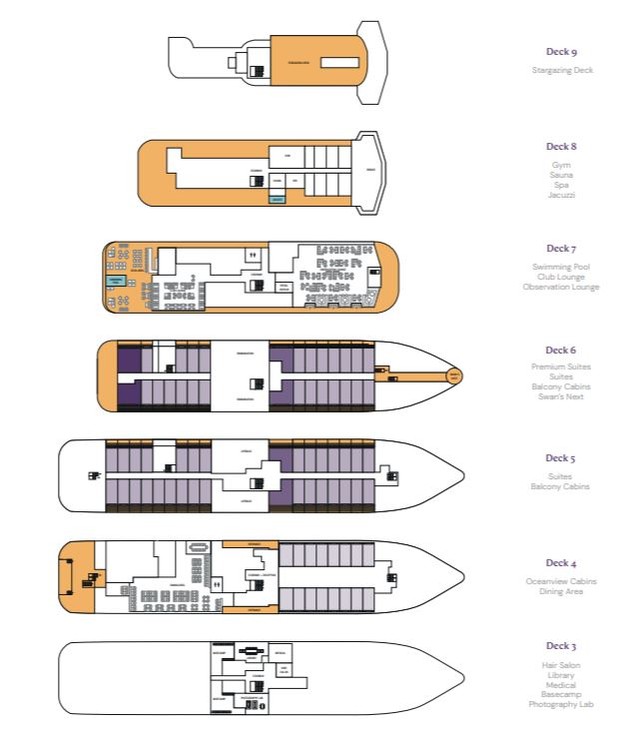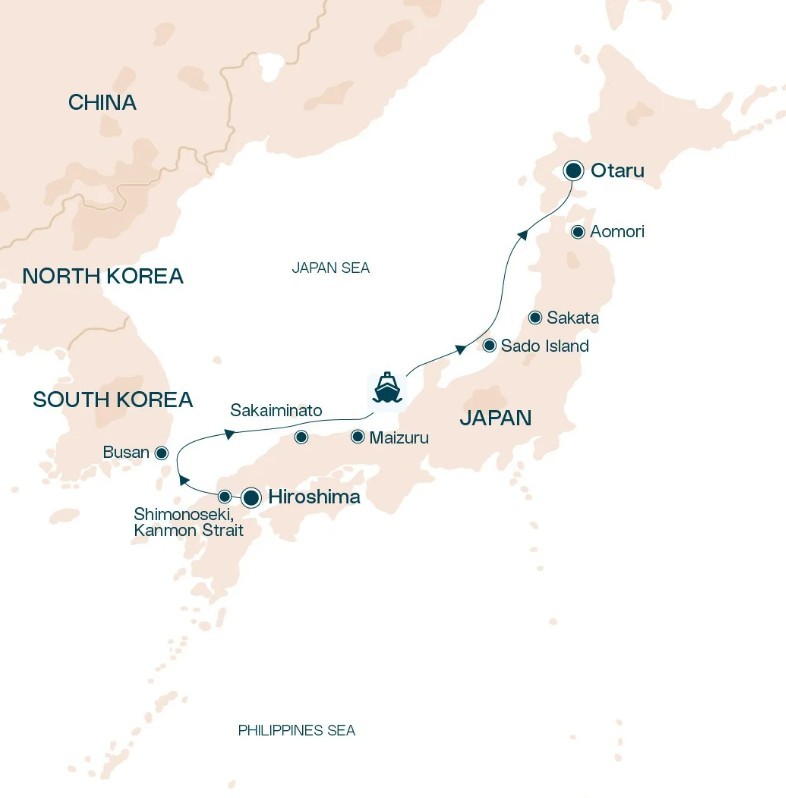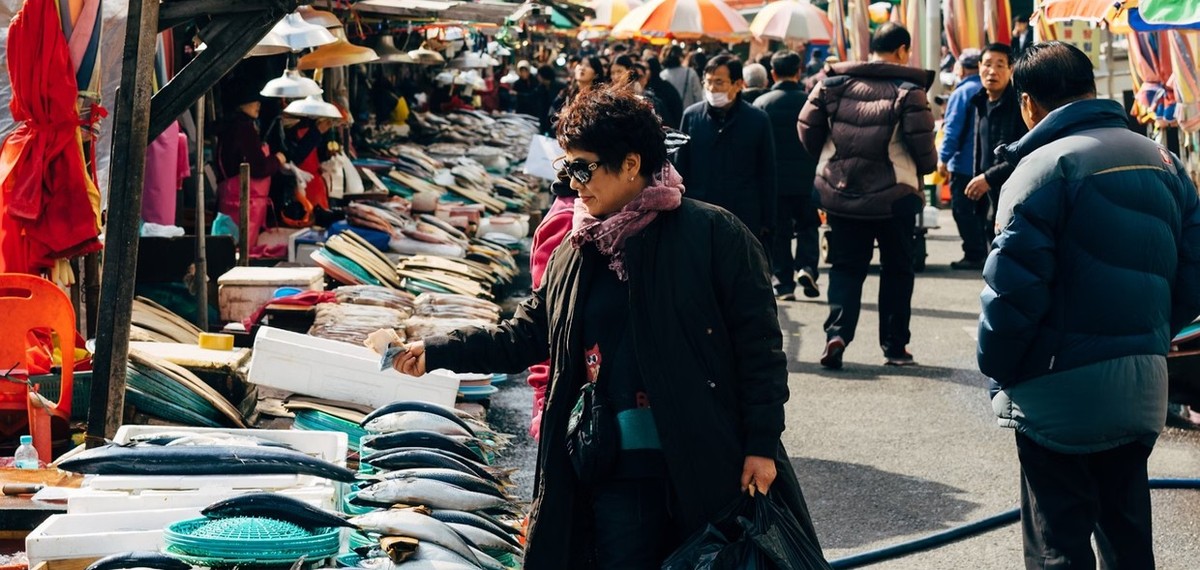
Dreaming of an unforgettable journey through East Asia? Swan Hellenic invites you to discover the "Cultural Shores and Northern Landscapes" of Japan and Korea. This meticulously crafted cruise embarks from historic Hiroshima, guiding you through a captivating tapestry of ancient traditions, modern marvels, and breathtaking natural beauty. Explore the layered cultural landscapes of southern Japan, vibrant South Korea, and the serene northern Honshu, all while experiencing Swan Hellenic's renowned expedition cruising.
This unique itinerary delves into East Asia's most storied regions, offering a harmonious blend of discovery and reflection. Imagine cruising the dramatic Kanmon Strait, a passage rich in history, before exploring the art-filled alleys of Busan and the traditional charm of Japanese towns like Maizuru and Sakata. From the bustling waterways to quiet coastal havens, each stop promises an immersive experience, revealing centuries of maritime tradition and cultural depth. Ideal for discerning travellers seeking both intellectual enrichment and picturesque scenery, this voyage provides unparalleled insights into the heart of East Asia.
Your Swan Hellenic adventure culminates in Otaru, a picturesque port town serving as the gateway to Hokkaido’s wild north. Along the way, you'll discover both sides of the Sea of Japan, from the vibrant energy of Busan to the tranquil beauty of Sakaiminato and Sakata. Experience Japan's cultural north, delving into the historic gold mines and folk traditions of Sado Island, exploring Aomori's artistic heritage, and finally, soaking in Hokkaido's maritime charm. Book your Swan Hellenic cruise today and embark on a voyage that transcends the ordinary, leaving you with memories to last a lifetime.
- Sail Kanmon Strait, visit Sado Island’s gold mines, and explore Hokkaido’s wild landscapes
- Encounter welcoming locals in Busan’s art-filled alleys and traditional communities in Maizuru and Sakata
- Enjoy expert-led excursions to Hiroshima’s Peace Memorial, serene temples, and artisan workshops in Aomori
Availability is always subject to confirmation. Please check with us before booking flights
Prices quoted here are often dependent on currency fluctuations. Please check with (01432 507450 or info@small-cruise-ships.com) for the very latest price, which may well be cheaper than the one advertised here.
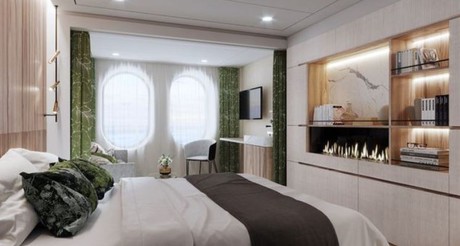
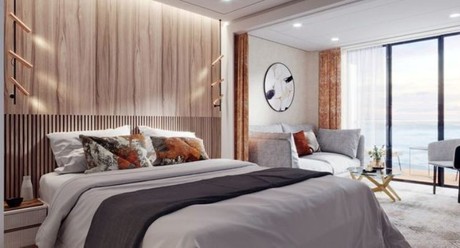


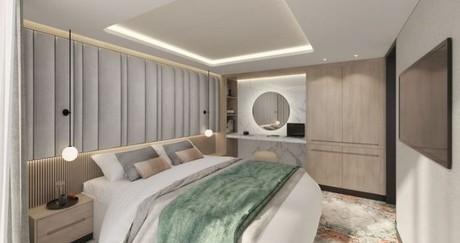
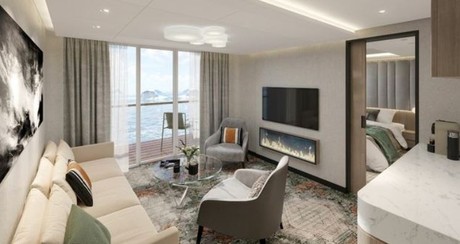
Hiroshima is a city of peace and resilience. The Hiroshima Peace Park and Museum, designated a UNESCO World Heritage Site, vividly portrays the aftermath of the atomic bombing. Designed by Kenzō Tange and inaugurated in 1955, the museum serves as a global symbol of peace, featuring a solemn cenotaph bearing the victims' names and the Flame of Peace, lit in 1964. The Genbaku Dome stands as the sole original structure left at the blast site.
Famous for its fugu (also known as puffer or blowfish), Shimonoseki at the southwestern tip of Honsho, is surrounded on three sides by the ocean. The Japanese delicacy is available at Karato Ichiba fish market. Other attractions include Kozan-ji Buddhist temple, a ‘National Treasure of Japan’ that dates from 1327 and the photogenic 1,780-m-long Tsunoshima Bridge, which connects Tsunoshima island (part of Shimonoseki city) with Honshu.
Sailing through the Kanmon Strait is challenging with strong currents and an S-shaped bend. One of the world’s busiest shipping lanes, the strait cuts a dramatic 38 km (24 mi) channel, narrowing to 700 m (0.4 mi) at its tightest point. The graceful Kanmon Bridge, a 1,068-m (3,504-ft) suspension bridge, spans the waterway between Honshu and Kyushu. Shimonoseki overlooks the strait from Honshu, while Moji district stands watch from Kyushu.
Busan, South Korea's second city, blends beaches and mountains with boutiques, lively cafes and delicious seafood in food alleys. The 120m-tall Busan Tower offers a sense of the skyscraper cityscape. Six beaches, including Haeundae and Gwangalli, attract visitors year-round. Gamcheon Culture Village, previously a slum, is now a kaleidoscopic haven of art nestled on the coastal mountain foothills, affectionately dubbed the "Machu Picchu of Busan."
A haven for seafood lovers, manga fans and nature enthusiasts, Sakaiminto’s offerings are fairly eclectic for the seemingly slow-paced port town. Fish markets and world-class seafood restaurants line the streets, offering delights including local delicacy, Matsuba snow crab. You can also feast on Pacific bluefin tuna, Sakaiminto salmon, Natsuki rock oysters, swordtip squid and plenty more. The city was also once home to local hero, Shigeru Mizuki, a celebrated manga comic artist. Visit the Mizuki Shingeru museum for a fascinating insight into his life and the world of manga. Stretch your legs and enjoy a hike up the volcanic Mount Daisen, the highest mountain in the region (1730m). Or you may wish to take a gentler trek though the tranquil and restorative beech and cedar forests whilst connecting with nature and indulging in the Japanese pastime of ‘forest bathing’.
The port city of Maizuru in south-central Japan served as a major naval base and post-WWII repatriation port, where over 660,000 Japanese returned home - this history is remembered at the poignant Maizuru Repatriation Memorial Museum. Its scenic harbour, framed by forested hills, is overlooked by Goro Sky Tower atop Mt. Gorogatake. Brick Park evokes the city’s industrial past with Meiji-era warehouses housing the unique World Brick Museum.
Sado, Japan's sixth largest island, has a quaint port at Ogi known for tarai-bune, traditional wooden boats. The island is also famous for its world-renowned taiko drummers, continuing a rich cultural tradition. Once a place of exile for artists and academics, Sado now draws visitors to its rugged coasts, hidden beaches and lush terrain for outdoor activities.
Sakata, a port city on the Mogami river, thrived on rice and safflower trade. The traditional 1893 Sankyo Rice Storehouses, shaded by zelkova trees, are now a cultural hub with shops. The city's quiet streets feature preserved, wealthy Edo-era homes, including the Honma Museum of Art with fine art and gardens. South of the river, The Ken Domon Museum honours the famed photographer’s powerful work, including images of Hiroshima survivors.
Aomori, Honshu’s northernmost prefecture, is home to some of Japan’s most significant Jomon-era archaeological sites, including the UNESCO-listed Sannai Maruyama, a vast and well-preserved settlement with reconstructed dwellings. Highlights also include Seiryu-ji Temple, with its five-story cypress pagoda and Japan’s largest seated bronze Buddha, and the Nebuta Warasse Museum, which celebrates Nebuta Festival’s illuminated floats.
An important port on Hokkaido, Japan’s northernmost island, Otaru retains original architecture. Restored warehouses along its canal, lined with Victorian street lamps, house restaurants and boutiques selling sake, music boxes and renowned Otaru glass. Rooted in the herring industry, the town's trading history is evident from Hokkaido's first railway line terminal to the Herring Mansion on the outskirts, once owned by wealthy herring fishermen.
Itineraries are subject to change.
Minerva
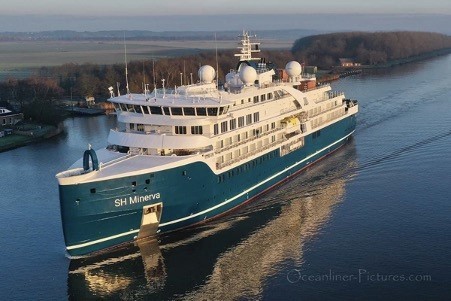
| Launch | 2021 |
|---|---|
| Max passengers | 152 |
The 5 star elegant Scandi-design boutique ship offers you an intimate setting from which you will be fully immersed in all the sights and scenery of your voyage.
Introducing SH Minerva
Minerva has been designed to journey to off the beaten path destinations and remote polar regions in style and comfort. The ship incorporates a PC5 ice-strengthened hull combined with extra-large stabilisers to make your journey as smooth as possible.
Sophisticated Elegance
We know how important outdoor space is, so our spacious, relaxing public spaces provide wide open, unobstructed views throughout the ship. The destination will always be in view.
Your Wellbeing
The safety & happiness of the guests is paramount to the 120-strong crew on board as well as the passionate expedition team who'll be serving up thrilling shore excursions and lasting memories.
Cabin Types
The 76 cabins including 6 suites have all the amenities you will need to feel comfortable including dressing gowns, hairdryers, personal safes and minibars. The stylish cabins all have desks, a dressing area and comfy seating. En suite bathrooms all feature glass-enclosed rain showers.
Wheelchair access
Guests who use wheelchairs must bring their own, as we have only a small number of wheelchairs stored onboard for emergencies. To ensure ease of movement on the ship, wheelchairs and mobility aids must be no wider than 65cm. All mobility or medical equipment brought on board must be capable of being carried safely and must be declared before sailing. To ensure that all guests can safely evacuate during an emergency, guests requiring a wheelchair can only be accommodated in our ADA-accessible cabins.
There is an Oceanview stateroom on Vega which is specifically designed to be completely ADA compliant and have a fully operable wheelchair-access wet unit.
Vega has two lifts, serving every passenger deck apart from the Stargazing top deck, which is, therefore, more difficult to access, as are the Aft Marina and Swan’s Nest forward observation platform. Also, we don’t have special equipment to access the swimming pool, jacuzzi, or sauna. Otherwise, the ship is entirely at your disposal.
Many of the expeditions ashore in remote places are by Zodiac. Boarding these boats and returning aboard can present challenges for wheelchair users, as can navigating uneven terrain. These challenges are by no means always insurmountable, though, and our highly experienced crew is trained to provide reliable advice and assistance. They will make every effort to ensure wheelchair-using guests enjoy a memorable experience at each destination. Our general guidance, however, is to recommend wheelchair users travel with a companion for their ease and enjoyment.
If you prefer to remain aboard, our panoramic interiors and ample open decks ensure an immersive, intimate experience of your inspiring surroundings.
Deck plans are for illustrative purposes only – The actual ship and cabin layout may differ.
